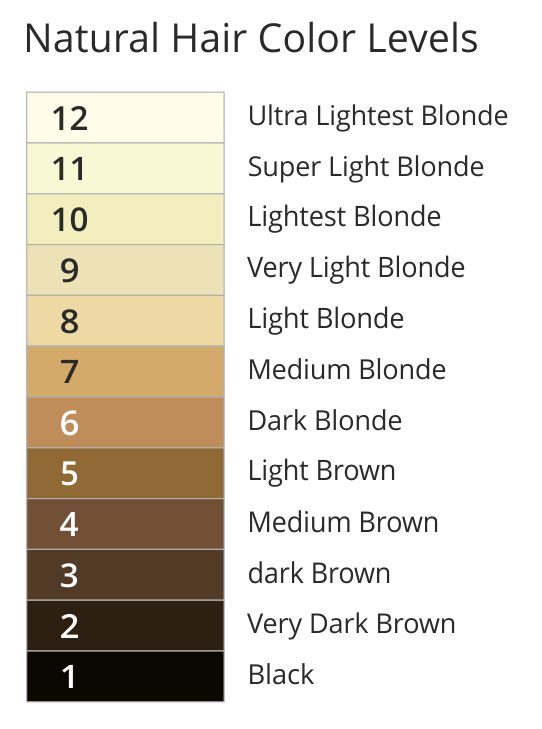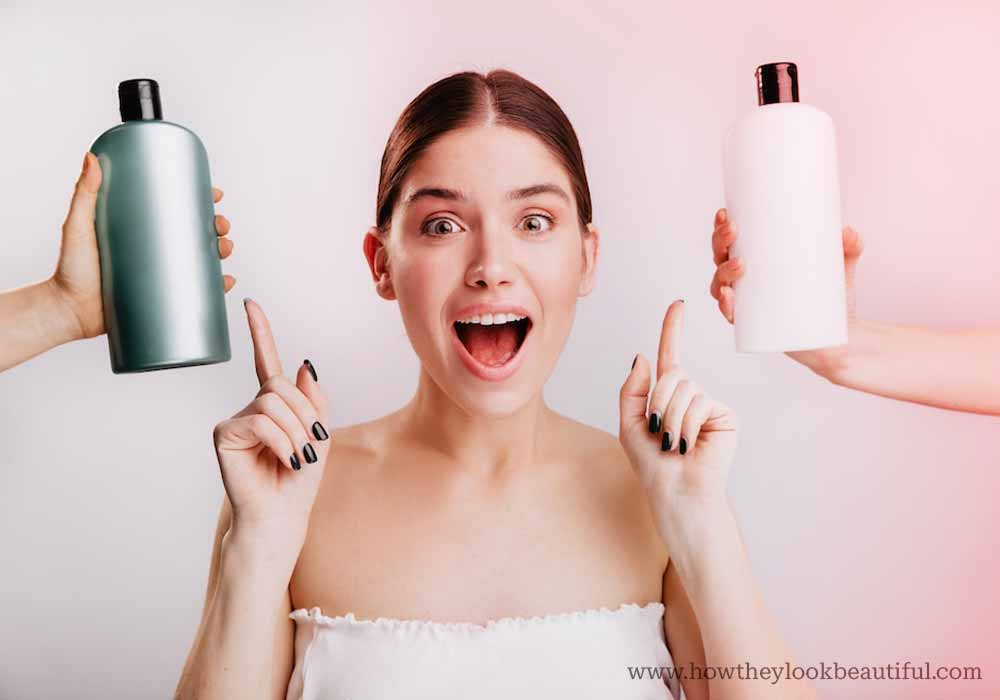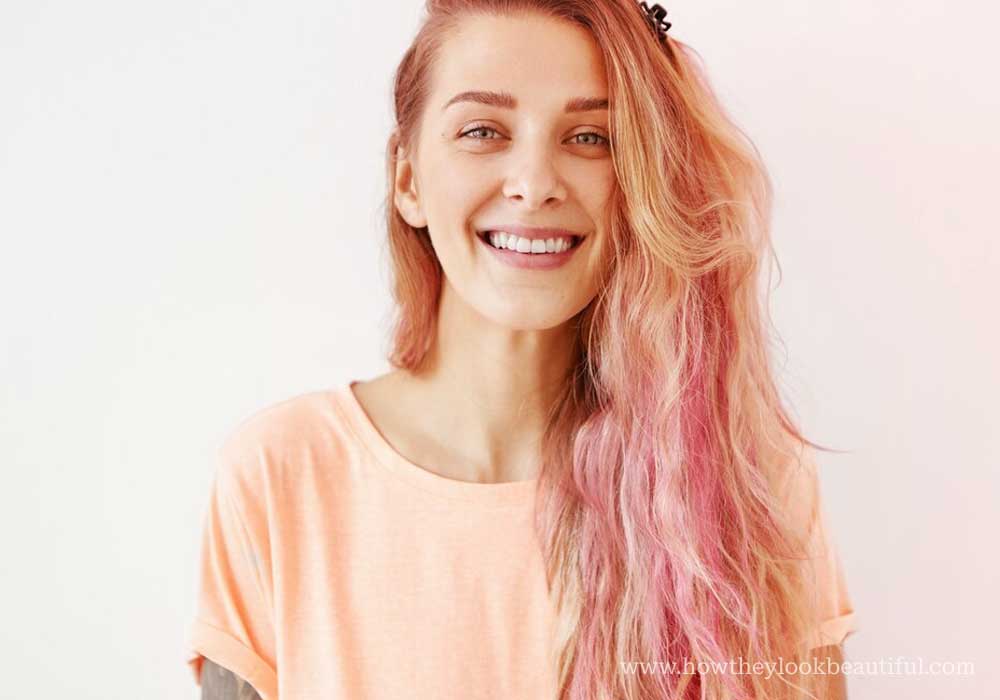If you’re considering bleaching your hair, you might be wondering if you can bleach it twice. The answer is, that it depends. If you’re bleaching your hair to achieve a lighter color, then you can usually bleach it twice if you’re not happy with the results. However, if you’re bleaching your hair to get rid of unwanted color, then you should probably avoid bleaching it more than once.
Is It Safe To Bleach Your Hair Twice?
It is possible to bleach your hair twice, but it is not recommended unless you have very strong and healthy hair. If you do choose to bleach your hair twice, make sure to use high-quality bleach and follow all instructions carefully. It is also important to wait at least 2 to 3 weeks between bleaching sessions.
- Is It Safe To Bleach Your Hair Twice?
- What Is Hair Bleaching And How Does It Work?
- What Are The Risks Of Bleaching Hair Twice?
- Safely Re-Bleaching Your Hair
- When Is It Safe To Bleach Hair Again?
- Why Bleach Hair Twice?
- How To Avoid Damage When Double Bleaching Hair?
- Tips For Bleaching Hair Safely
- How To Heal Damaged Hair After Bleaching?
- How To Take Care Of Bleached Hair And Avoid Future Damage?
- Use Best Products For Bleaching Hair
- Frequently Asked Questions
- Conclusion

What Is Hair Bleaching And How Does It Work?
Hair bleaching is a popular process that lightens the natural color of your hair by removing color pigment from your hair. This can be done at home or in a salon. There are many different products that can be used to bleach your hair. There is also a wide variety of temporary hair-lightening products (bleach creams, gels, or sprays) that can be purchased at most retail outlets. The most common type of hair bleach is hydrogen peroxide.
There are two main types of chemical bleaches: oxidizing and reducing. Oxidizing bleaches work by breaking down the bonds that hold together the color pigments in the hair. This makes the pigments lose their color and fade away. Reducing bleaches works by taking away oxygen from the pigment molecules. This makes the molecules unstable and causes them to break down, which also makes the hair lose its color.
Hair that has been over-processed can be extremely fragile and prone to breakage. So it is important to bleach your hair correctly and to take care of it afterward.
What Are The Risks Of Bleaching Hair Twice?
When you bleach your hair, you are essentially stripping it of its natural color. This can be damaging to your hair, causing it to become dry, brittle, and more susceptible to breakage. Bleaching your hair twice in a short period of time can compound these effects, and put your hair at further risk of damage. In addition, bleaching your hair twice can also cause it to become discolored or patchy. If you do choose to bleach your hair again, be sure to use a gentle bleaching product and take extra care to protect and condition your hair.
Safely Re-Bleaching Your Hair
Many people choose to bleach their hair to achieve a lighter, brighter look. While bleaching can be a great way to change your appearance, it is important to be aware of the potential risks associated with this process.
Bleaching your hair can cause damage, and bleaching hair that has already been damaged can lead to even more damage. If you’re considering bleaching your hair for the second time, it’s important to take some precautions to ensure that you don’t end up causing even more damage to your strands.
Here are a few tips for safely bleaching hair that has already been bleached:
- Use a gentle bleach formula: When bleaching hair that has already been damaged, it’s important to use a gentle bleach formula. Look for a bleach that is specifically designed for delicate or damaged hair.
- Avoid over-bleaching: When bleaching hair for the second time, it’s important not to overdo it. Bleaching your hair too much can cause even more damage, so only apply the bleach until you’ve achieved the desired level of lightness.
- Condition regularly: Be sure to use a good conditioner on your hair after Bleaching it twice, this will help to keep your strands healthy and hydrated.
When Is It Safe To Bleach Hair Again?
It is safe to bleach hair twice if the first bleaching session did not lighten the hair to the desired level. It is important to wait at least a week between bleaching sessions to allow the hair to recover. When bleaching hair twice, it is important to use a gentle bleaching product and apply it carefully to avoid damaging the hair.
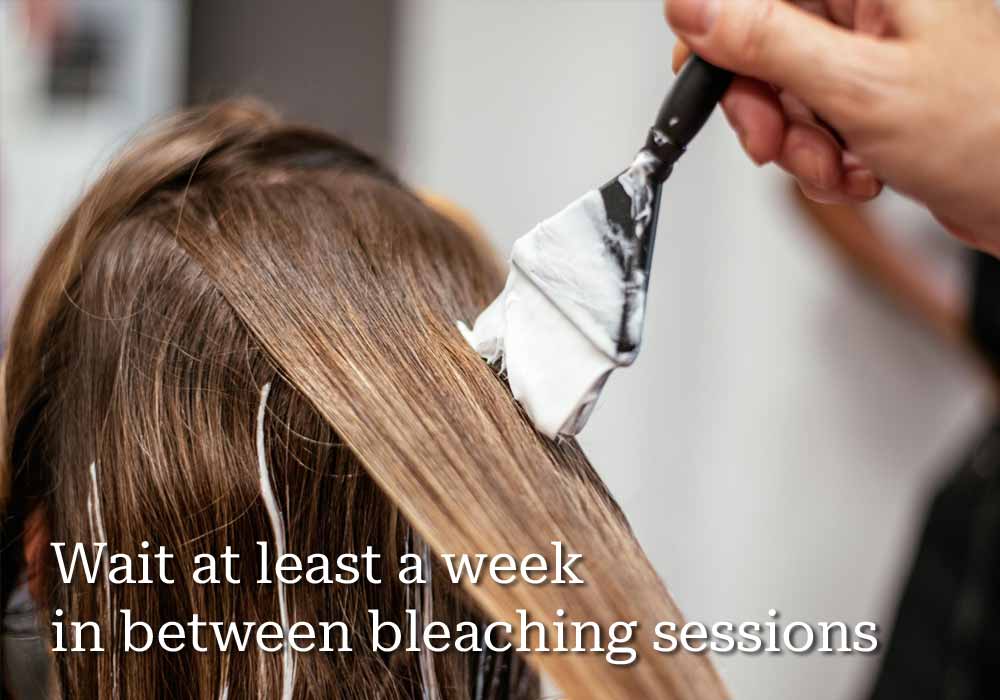
Why Bleach Hair Twice?
There are a few benefits to bleaching hair twice. First, it can help to lighten the hair more evenly. Second, it can help to get rid of any brassiness or unwanted yellow or warm tones. And third, it can help to make the hair look shinier and healthier.
How To Avoid Damage When Double Bleaching Hair?
Double bleaching is when you bleach your hair twice in order to achieve a lighter color. This is usually done when you’re trying to go from a dark color to a very light one. The first bleaching process will remove the majority of the color from your hair. The second bleaching process will then finish the job and leave you with the lightest possible shade.
When you bleach your hair, you are essentially removing the natural pigment from your strands. This can be a harsh process, especially if you are double bleaching it. If you’re looking to avoid damaging your hair, there are a few things you can do:
- Use a bleach designed for sensitive scalp and skin.
- Follow the instructions carefully.
- Do a strand test before bleaching your entire head of hair.
- Use a conditioning treatment after bleaching.
Tips For Bleaching Hair Safely
If you’re considering bleaching your hair, it’s important to do it safely to avoid damaging your hair. Here are some tips to help you bleach your hair safely:
- Start with healthy hair. If your hair is already damaged, bleaching it may make the damage worse. Try using a deep conditioning treatment before you bleach your hair to help repair some of the damage.
- Don’t overdo it. Bleaching your hair can be damaging, so it’s important not to overdo it. If you’re unsure of how much bleach to use, start with less and add more if needed.
- Avoid using bleach on broken skin. If you have any cuts or scrapes on your scalp, avoid using bleach as this can cause irritation and further damage the skin.
- Keep an eye on the clock. Do NOT keep bleach on your hair for longer than the instructions say.
- Rinse thoroughly. Be sure to rinse the bleach out of your hair after you’re done bleaching it. Leaving bleach in your hair for too long can cause further damage.
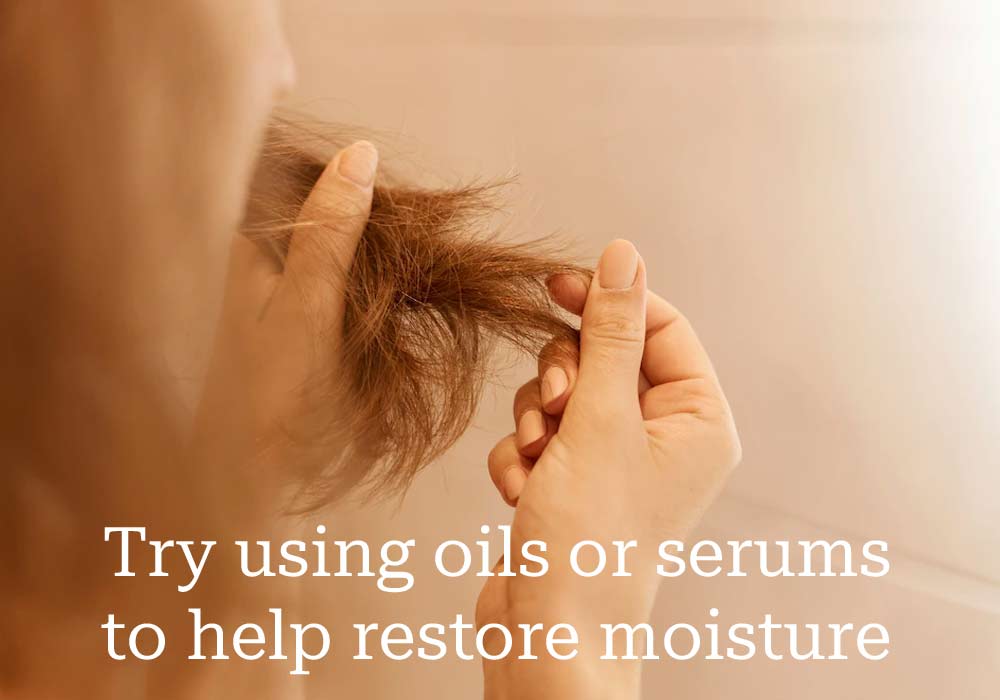
How To Heal Damaged Hair After Bleaching?
If your bleached hair is damaged, don’t panic! You can do a few things to try and heal your bleached hair and get it to look healthy and beautiful again.
- Determine the level of damage
When it comes to hair damage, there are different levels that can be determined by how your hair looks and feels. The first level is when your hair is dry and brittle. This is usually caused by over-bleaching or heat styling without using proper protection. If your hair is at this level of damage, you will need to cut off any split ends and use a deep conditioning treatment once a week. The next level is when your hair starts to break off into small pieces. This is a sign that the damage has gone beyond just the surface of your hair and you will need to take more drastic measures. If your hair is breaking off, you will need to get a trim and use a protein treatment to help repair the damaged areas. The last level of damage is when your hair becomes so weak that it breaks off in large chunks or starts falling out altogether. If your hair is at this level of damage, you will need to get a professional trim and use a deep conditioning treatment once a week. - One of the first things you should do is cut off the damaged ends. This will help prevent the damage from spreading further up the hair shaft.
- You can then focus on repairing the damage by using deep conditioning treatments. You can use a deep conditioner or mask at least once a week. You can try using oils or serums to help restore moisture and protect your hair from further damage. You can also use leave-in conditioners (also called no-rinse or leave-on conditioners).
- You need to make sure you’re using the right products. There are a lot of different products on the market, and not all of them are created equal. You need to find products that are specifically designed to repair damage caused by bleaching. Look for products that contain proteins and amino acids, as these will help to rebuild the structure of your hair. Second, you need to be gentle with your hair. Stick to gentle cleansing and conditioning methods.
- Be sure to get regular trims to remove any damaged ends.
- Finally, give your hair time to recover. Damaged hair won’t heal overnight, so be patient and give it the time it needs to fully recover.
If you take the necessary steps to care for your bleached hair, you can keep it healthy and looking great.

How To Take Care Of Bleached Hair And Avoid Future Damage?
- Avoid heat styling. Or if possible, be sure to use a heat protectant spray before using any heated styling tools. This can cause your hair to fade faster and become damaged more easily. Instead, just let it air dry or gently pat it dry with a towel.
- Don’t comb or brush your hair too often. When brushing your hair, be gentle and take your time – don’t yank or pull at tangles. Use the right tools to detangle wet hair. You can use a wide tooth comb.
- Don’t shampoo too often. You should only shampoo your hair every other day after bleaching it.
- Use a gentle shampoo and conditioner. Bleached hair is often dry and brittle, so it’s important to use products that will hydrate and nourish your strands. Avoid harsh shampoos and conditioners, they can actually dry out your hair, making it even more brittle and prone to breakage. Use a sulfate-free conditioner that is not as harsh on your hair.
- Always use a good clarifying shampoo after bleaching your hair to remove excess bleach and reduce the chance of damage. Follow up with a good conditioner to prevent your hair from drying out. You may also use a leave-in conditioner to protect your bleached strands after washing.
- Use a deep conditioner or mask at least once a week. Deep conditioning treatments are the most important step in restoring your hair’s moisture. Using a protein-rich conditioner or mask helps to fortify the hair shaft and can prevent further breakage. They stimulate the scalp and follicles and help to rebuild any damage that has been done.
- Apply mousse or gel. This is great for adding volume and strength to your hair and will help keep frizz in check and make your hair bouncier.

Use Best Products For Bleaching Hair
There are a few things to keep in mind when bleaching your hair. First, make sure you use a product that is specifically designed for bleaching hair. There are a lot of products on the market that claim to be able to bleach hair, but not all of them are created equal. Using the wrong product can result in damaged hair, so it’s important to choose wisely.
Second, bleaching your hair is a process that takes time and patience. Don’t try to rush it –Bleach works best when it’s given time to slowly lighten your hair.
Third, make sure you follow the instructions on the product carefully. Most bleaches will require you to leave the bleach in your hair for a specific amount of time before rinsing it out. Be sure to follow these instructions carefully to avoid damaging your hair.
Finally, remember that bleaching your hair is a commitment. Once you bleach your hair, it will be more difficult to change back to your natural color. If you’re not sure you’re ready for such a big change, consider doing a test strand first or patch test before bleaching your entire head of hair.

Frequently Asked Questions
I do not recommend bleaching your hair twice in one day. If you must, be sure to follow the directions on the bleaching kit closely and use a highly-rated reviewed product. We also recommend using a heat protectant spray before and after bleaching.
No. If you leave bleach in your hair for too long, it can cause irreparable damage. The bleach can cause irritation, welts, and burns and will strip away the natural oils in your hair, leaving it dry and brittle. Bleached hair is also more susceptible to breakage. If you’re planning on bleaching your hair, be sure to follow the instructions carefully and don’t leave the bleach in for longer than recommended.
As long as they take a few precautions, they can safely bleach their hair while pregnant. First, they should make sure that the bleach is diluted properly. Second, they should avoid getting the bleach on their skin. Third, they should avoid bleaching their hair more than once every four to six weeks.
The answer depends on a few factors, including the type of bleach used and the condition of your hair. In general, it’s best to wait at least 2 weeks between bleaches, and longer if possible.
There are a few things to consider before making this decision. First, bleaching your hair again can be damaging, so you’ll want to make sure your hair is healthy enough to withstand another bleaching. Second, if you’re not careful, bleaching your hair can result in an even more undesirable color. But most often, re-bleaching your orange hair will get it a yellow tone. You can also use purple or blue shampoos to make it lighter or blonde.
Conclusion
When it comes to bleaching your hair twice, it is important to take measures to prevent damage. You can do a few things to help keep your hair healthy and strong. First, avoid over-bleaching your hair. This can strip away natural oils and leave your hair dry and brittle. Second, use a deep conditioner or mask at least once a week to help replenish lost moisture. And finally, be sure to use a heat protectant spray before using any hot styling tools.
By following these simple tips, you can help prevent further damage to your bleached hair and keep it looking its best.

Hi, I’m Annie,
What drives me is the ability to empower women by cultivating the self-confidence in their inner beauty, enhancing their self-image, and showing them that overall beauty needn’t be either difficult or costly and that they can seamlessly mould their style to suit their everyday needs, without having to make an either / or choice. I’m constantly surprised at every transformation and it drives me on to the next. My knowledge is enhanced by 18 years of hands-on experience, and learning from every new assignment.
When I’m not writing beauty advice for my blog, I’m consulting on make-up, hair, diet and style. Or I’m just kicking back my heels cuddling with my fat Lab, Coco.
